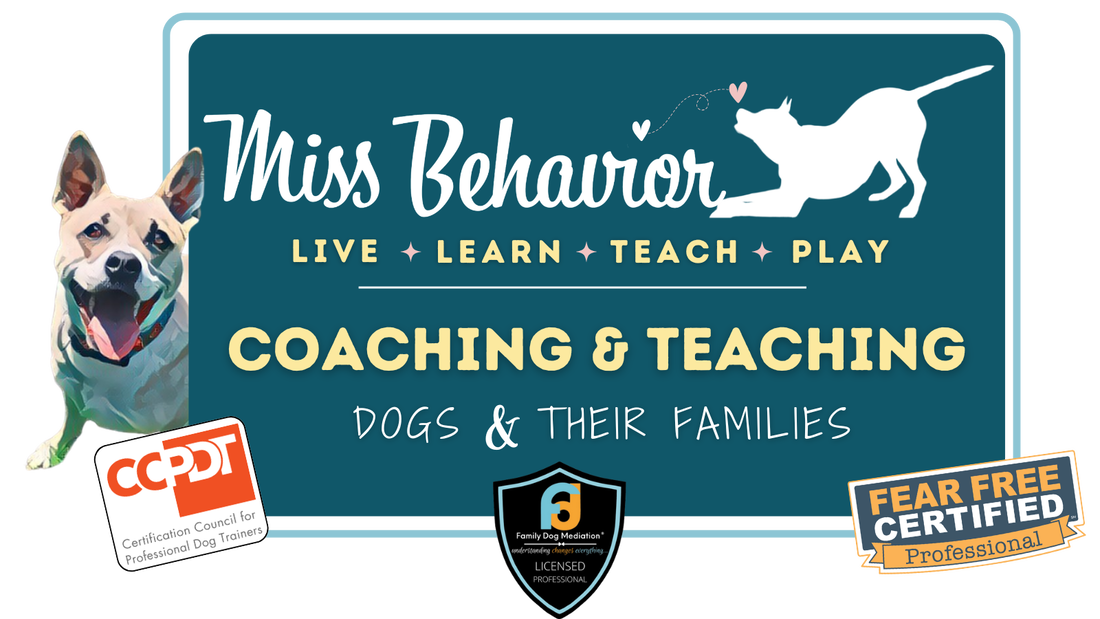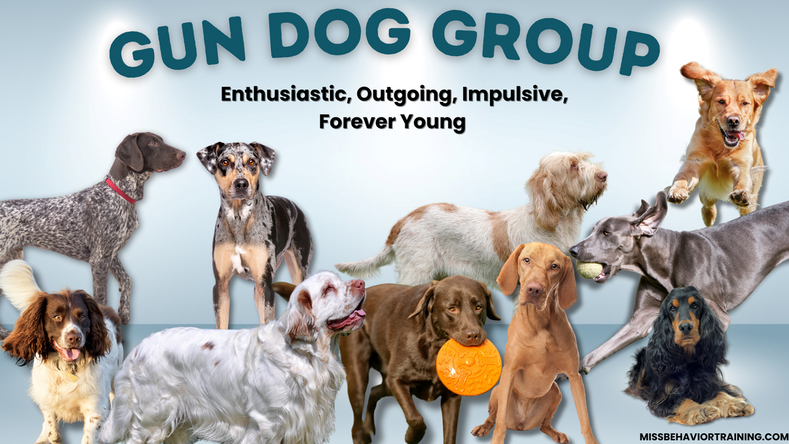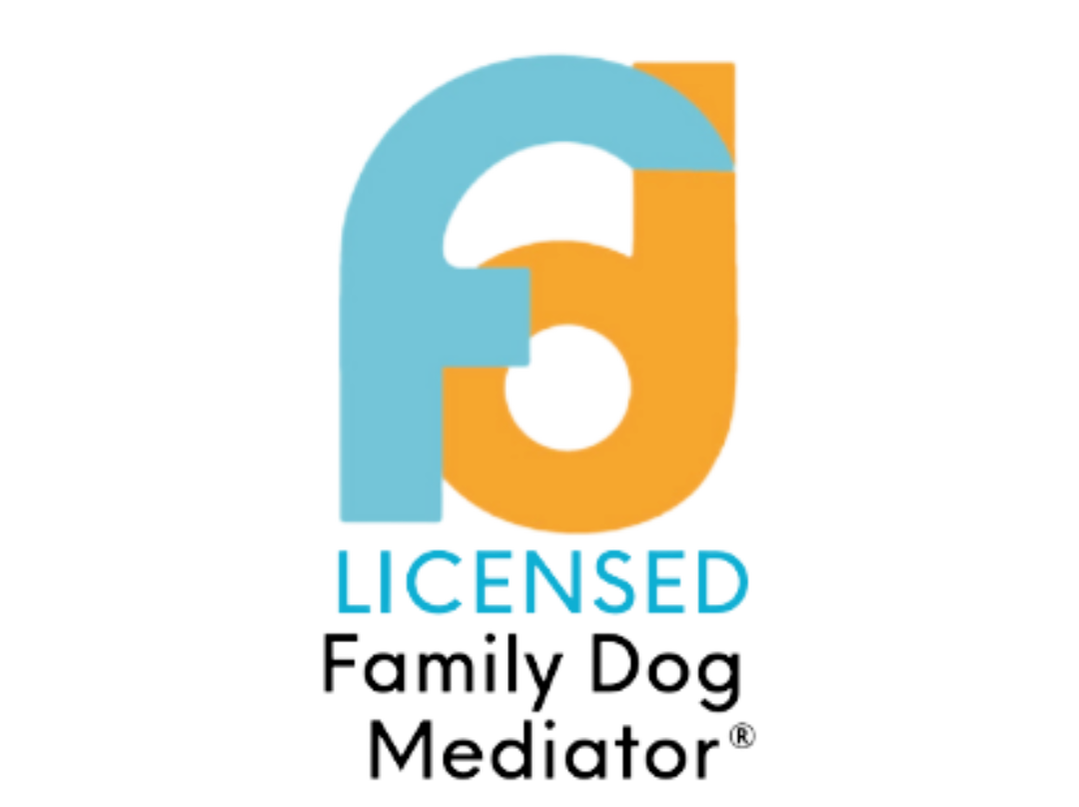Why Genetics Changes the Way We Should Handle DogsIf you’ve ever felt like handling your dog is harder than it should be—whether it’s trimming nails, brushing fur, or walking into the vet’s office—you’re not alone. And more importantly: you’re not doing anything wrong.
The truth is, handling isn’t just about training—it’s about understanding. And that understanding starts with your dog’s L.E.G.S.®
0 Comments
What if I told you that many of your dog’s “behavior problems” aren’t about disobedience at all—but about confusion? What if they just had tons of questions… and we could actually answer them? What if your dog isn’t being dramatic, reactive, or stubborn—they’re just trying to make sense of the modern world?
And what if just talking to our dogs with intention and consistency could actually treat some of those behavior challenges? Because it can. And it does.
A Guide to a Calm Holiday Season with Your Dog
The holiday season is often described as the most wonderful time of the year, but for dog parents, it can also bring a whirlwind of stress.
Between bustling schedules, a parade of visitors, and the clatter of festive chaos, even the calmest dogs might feel overwhelmed. Thankfully, with a little planning and some creative management, you can navigate the holiday hustle while keeping your dog happy and your household peaceful. Let’s dive into the key strategies to reduce stress for your dog—and yourself—this holiday season. Love languages, a concept popularized by Dr. Gary Chapman in his book "The 5 Love Languages," refer to the different ways individuals express and experience love. According to Chapman, there are five primary love languages: Words of Affirmation, Acts of Service, Receiving Gifts, Quality Time, and Physical Touch. Each person has a primary and sometimes secondary love language, which dictates how they prefer to give and receive love from others.
These love languages provide valuable insights into understanding and strengthening relationships, as they emphasize the importance of expressing affection in ways that resonate most deeply with the other person/being. While initially applied to human relationships, I believe the concept can also be applied to how we show love and affection in our relationships with our pups! Understanding this not only strengthens the bond between you but also helps maintain a healthy and happy relationship long term, something referred to as building social currency. In this post, I want to help you explore the same five Love Languages and how they may be spoken or received by your dog so you can determine which ones your dog values most. Physical Touch, Quality Time, Words of Affirmation, Acts of Service, and Gifts. By understanding these, you can ensure a more fulfilling and rewarding relationship with your family pup. 3/20/2024 0 Comments Getting to know your... Gun DogGet to know your dogThese enthusiastic, outgoing, and sometimes impulsive breeds are known for their intelligence, affection, and strong drive to learn. They were selectively bred during the middle ages for specific traits to assist in hunting. Nowadays, their primary function is to work alongside people and in cooperation with them, often making them an ideal family dog. Gun Dogs include but are not limited to breeds such as: American Water Spaniel, Boykin Spaniel, Brittany Spaniel, Chesapeake Bay Retriever, Clumber Spaniel, Cocker Spaniel, English Pointer, English Setter, English Springer Spaniel, Field Spaniel, Flat-Coated Retriever, German Shorthair Pointer, German Wirehair Pointer, Golden Retriever, Irish Setter, Gordon Setter, Labrador Retriever, Munsterlander, Portuguese Water Dog, Spinone Italiano, Standard Poodle, Sussex Spaniel, Vizsla, Weimaraner, Welsh Springer Spaniel, Wirehaired Pointing Griffon, and more!
2/14/2024 0 Comments The Power of Patterns for our DogsThe power of patterns in raising our dogs...Think about your daily life. How many patterns can you recognize throughout your day?
Your bedtime routine, the side of the bed you sleep on, your wake-up routine, how you get your kids ready for school or how you get ready for work, your shower routine, how you brush your teeth, how you tie your shoes, the route you take to work... Patterns are powerful and they offer our brain a chance to not have to process what is going to happen next. They offer predictability and therefore a feeling of safety and security. The same is true for our dogs. Let me explain... If your dog struggles with guests, having multiple people over for a family meal can be really exciting or really terrifying for them.
Here are a some quick tips to help your dog TODAY, tomorrow, or in the future A Thank You letter to Dog Moms/Dad raising shy & worried pups Raising me probably hasn’t been easy. I want to let you know that I understand how much you give up for me on a regular basis. I recognize your efforts and how you stick up for me.
The inside scoop on how to narrow down your trainer searchLooking for the right dog trainer and coach can be an intimidating challenge. It's important to discover someone who you can trust to support your dog and your family.
I've got you covered! I've put together some essential questions to ask prospective trainers and coaches that will give you an idea of whether you'll be a good fit for one another. You might be wondering why I, as a trainer and coach, am sharing this with you. Because there is only so much time in the day and so many family and dogs I can help. I won't be the best match for everyone so I want to provide you with guidance on how to filter through all the options available out there. Additionally, I'll share some warning signs and red flags that could indicate it's time to keep searching for a better match. You can find even more red flags in my last blog post. At my core, I believe in helping you and your pup achieve a happy and deep relationship through finding the best support for you and your family!
FINDING A TRAINER & COACH FOR YOUR FAMILY AND DOG: A Round-Up of Tips from your fellow dog-loving community
Searching for the perfect trainer and coach for your dog can be a daunting task. But, by looking out for specific red flags and green flags on their website and social media, as well as in your communication with them, you can find a trainer that you and your family can feel good about. This guide about how to find a good trainer aims to provide you with a round-up of tips from professionals and your fellow dog moms and dads. |
|
- Home
- About
- Blog
- Services
- Membership
-
Courses & Freebies
- All Courses
- FREE Boredom Buster Recipes
- COURSE: Building Resilience in your Family Dog
- COURSE: Managing the Leash Walk
- Potty Training COURSE
- Paws Off COURSE
- COURSE: Managing the Leash Walk
- FREE Attention Building Challenge
- FREE Scratchboard Training
- FREE Rest and Recovery Round-Up
- FREE Body Language 101
- Contact
- Home
- About
- Blog
- Services
- Membership
-
Courses & Freebies
- All Courses
- FREE Boredom Buster Recipes
- COURSE: Building Resilience in your Family Dog
- COURSE: Managing the Leash Walk
- Potty Training COURSE
- Paws Off COURSE
- COURSE: Managing the Leash Walk
- FREE Attention Building Challenge
- FREE Scratchboard Training
- FREE Rest and Recovery Round-Up
- FREE Body Language 101
- Contact
Search by typing & pressing enter












 RSS Feed
RSS Feed





